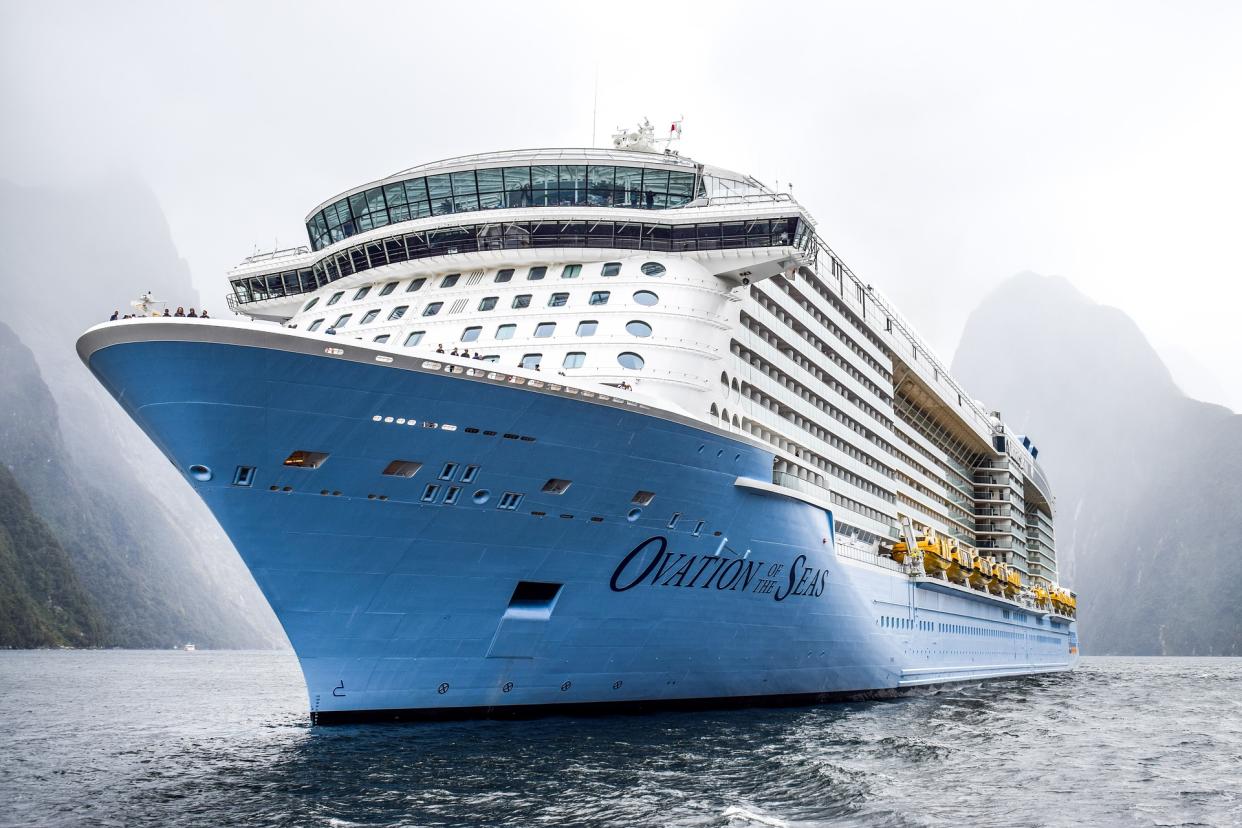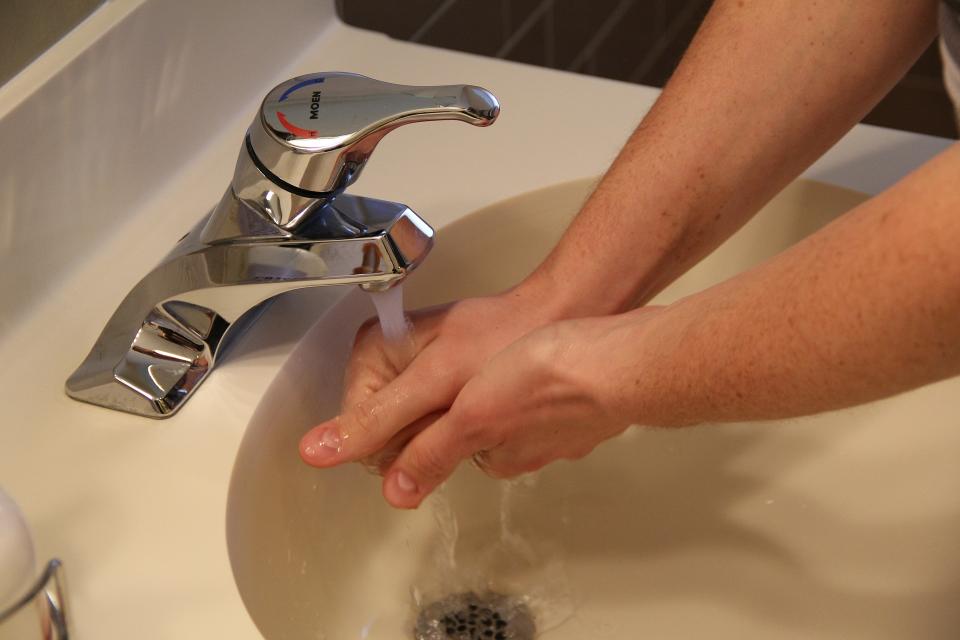How to prevent norovirus infection during your year-end holiday cruise

Many Singaporean travellers are turning to cruises for their vacations these days. However, before you take that weeks-long holiday on the water, know that a cruise ship – where passengers spend days together in an enclosed environment – is an ideal breeding ground for the norovirus, a highly infectious virus that is a common cause of viral gastroenteritis.
Cruise ships departing from Singapore, a cruise hub in Asia and home port for several ships, have had their share of norovirus epidemics on board. In one incident in November last year, 209 of the 5,796 passengers aboard Royal Caribbean’s Ovation of the Seas ship reported norovirus symptoms.
Norovirus infection can spread through contaminated food and water, contaminated surfaces (e.g. handrails, door knobs, elevator buttons, eating and cooking utensils) and close contact with an infected person.
The norovirus causes inflammation in the stomach and intestines and produces symptoms such as severe vomiting and diarrhoea, abdominal pain/cramps, low-grade fever and muscle pain. Norovirus symptoms typically begin 12 to 48 hours after exposure to the virus and can last for one to three days. However, you may continue to shed the virus in your faeces for up to two weeks after your symptoms end.
Most people recover from norovirus infection without treatment while infants, the elderly and those with an underlying disease and a weakened immune system may need medical attention.
According to the Centers for Disease Control and Prevention (CDC) in the United States, during the period 2010-2015, as many as 8-16 outbreaks of norovirus infection occurred on cruise ships annually.
Fruits and vegetables which are served raw and shellfish, especially oysters, are a common source of norovirus infection, though any food, even cooked food, that is handled by an infected person can get contaminated with the virus.
“Wash fruits and vegetables thoroughly before eating and ensure food (especially filter feeders e.g. oysters and shellfish) is thoroughly cooked before eating,” advises Singapore’s Ministry of Health.
The norovirus is resistant to several commonly used disinfectants and can persist on surfaces.

6 tips to protect yourself from norovirus infection on a cruise ship
Wash your hands frequently in warm soapy running water for at least 20 seconds, especially before eating, after changing a diaper and after using the restroom. If water and soap are not available, use an alcohol-based hand sanitizer that contains 60 per cent alcohol.
Avoid using public restrooms.
If you do have to use a public restroom, dry your hands with a paper towel and use a paper towel to turn off the faucet. You can also use a paper towel to turn the door handle when you exit.
Drink bottled water and avoid ice.
If a fellow passenger in the buffet queue passes you a plate or cutlery, turn down the offer and get your own.
If you see another passenger vomit, report the incident to a crew member and leave the area.
Related stories:
More than 200 people sickened onboard Ovation of Seas cruise


